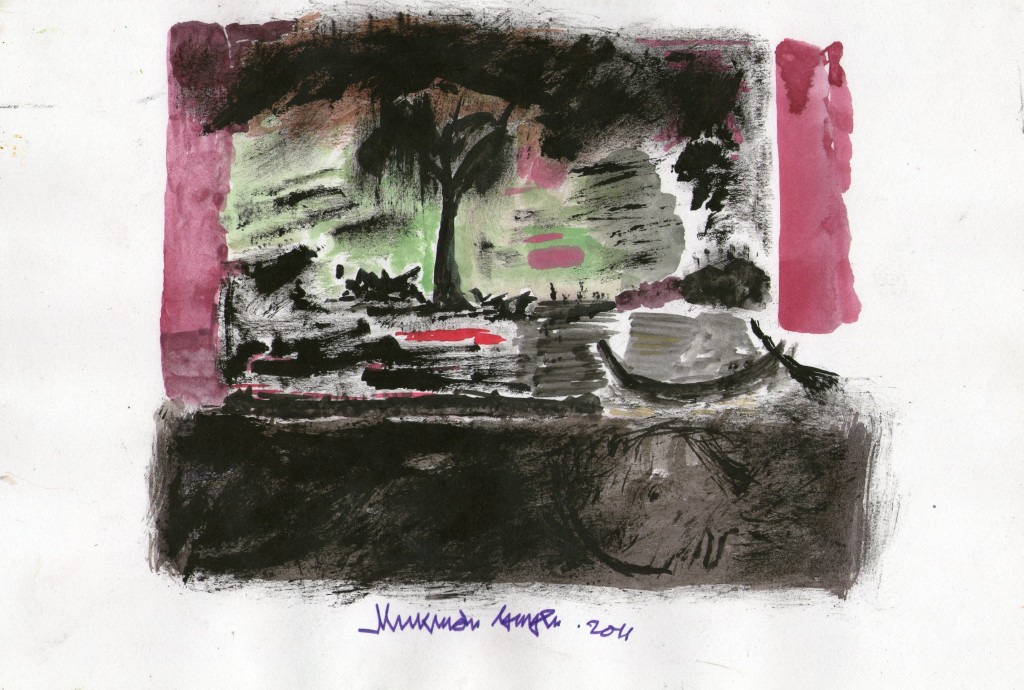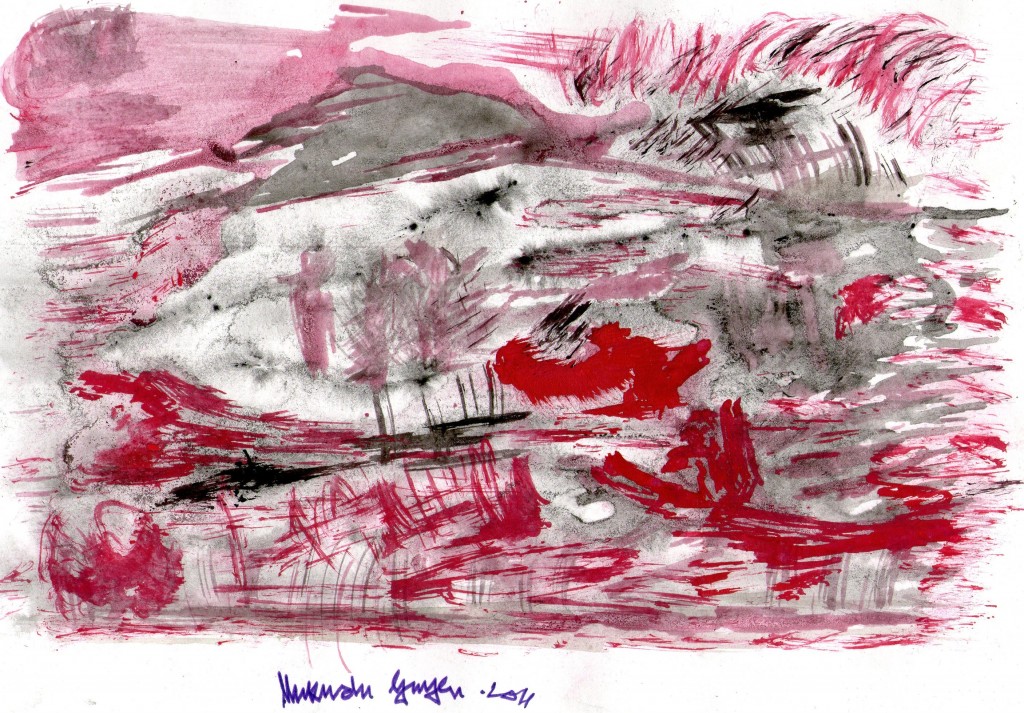ByDebojyoti Das
After a chance encounter with the former keeper of the Customs House archives in Kolkata while doing research in the Hamilton archives in the Sundarbans, I was filled with curiosity about the records. Soon I completed my archival work in Gosaba and headed for Kolkata. It was on a Tuesday morning that I called up my friend Shantanu Acarya (Superintendent of Revenue and Customs, DOV) to arrange my visit to the Customs archives.
He received me warmly at the office entrance and took me to his chamber in the third floor. The building was grand with a high ceiling. Rebuilt in 1942, it initially acted as a hospital during World War II. The building has unique features: designed in Victorian style, it is one of the few buildings of its time built with reinforced concrete and hollow cement blocks. The entrance at the main gate has a stone buried in the foundation that testifies to its history. The building originally housed horse stables during colonial times. Today there is parking space for cars, palm trees and gardens. On display is a vintage car designed in 1935, seized during a maritime customs operation in 1985. Gold and hashish were discovered in the car. A decade later, the cars seats were dismantled for repair work and more gold bars were discovered. The ground floor of the building also had a statue of Netaji Subhas Chandra Bose, installed by the “Group D” staff—members of the labour union.
Mr Shantanu next guided me to the director’s office and the archives. As the director was away, his personal assistant asked us to make an appointment for the following week. Next he took me to their Customs Club, where employees were playing chess, pool and table tennis. I took a photograph of Customs Preventive Service that commemorated the customs officials who died in World War II. Mr Shantanu explained to me that during the British period, the customs department were not as centralised as today, each of the major port cities had customs offices. We also gleaned from the display board that the archives held the records of commissioners who served in this department since 1900.
In the year 2003-4 on the initiative of the central government a custom museum was commissioned in Goa’s Portuguese-era Blue Building, built in the 15th century. During that time Mr Shantanu was asked to dig out the archives so that they could be transferred to the museum for display. Mr Shantanu took a keen interest in record-keeping and soon he discovered a wealth of material that was of curious interest. He explains that a record of 1940 contains a seized fridge priced Rs. 7000, run on kerosene. He also recovered a logbook of daily records dating back to the 1930s that contained notes on items seized, organized by sea route on a day-to-day basis.
Once the exercise was over a number of files were transferred to Goa for the museum’s display. Under the commissionership of different IRS (Indian Revenue Service) officials, several safai abhyan were carried out to clear the archives of their growing records. One member of staff speculates that the old records must have been removed and destroyed in one of these campaigns. However, I did discover a number of files dating back to the 1960s during my short inspection of the Record Room. Mr Shantanu assured me that he will try his best to locate the wooden chests that he saw a decade back containing records of colonial period.
Although I was not very happy about the state of record keeping, this is unfortunately not unusual in contemporary India. Mr Shantanu soon had other interesting things to share with me as we climbed up the stairs to the building’s rooftop. On the skyline in the distance we could see the majestic Howra Bridge with small boats and steamers ferrying tourists. On the south side was the Vivekananda Setu (bridge), the only cable bridge over the Ganges in India. In the distance we could see the Howra Railway Station and remnants of the railway track that once connected the Kolkata port. The Custom House was strategically located close to where ships once docked. Surrounding the building were historic monuments like the Writers Building, the Reserve Bank of India and the Mackinnon and Macintosh Shipping Company building that is now transformed into a shopping mall after a 2003 fire.
My visit was at an end. I had planned to meet the Commissioner once she was back from New Delhi. Mr Shantanu gave me the contact details of other people involved in the museum project and the names of officials who took keen interest in preservation of the records, including those responsible for an exhibition of old records that took place few years back. I left the building with some hope that future visits might prove fruitful.







